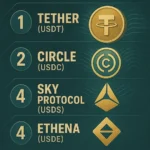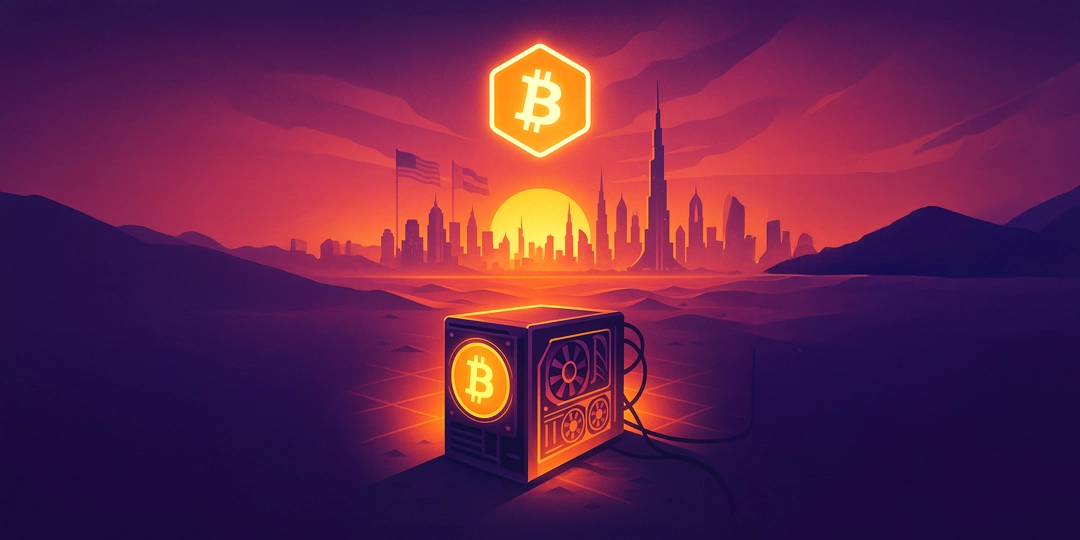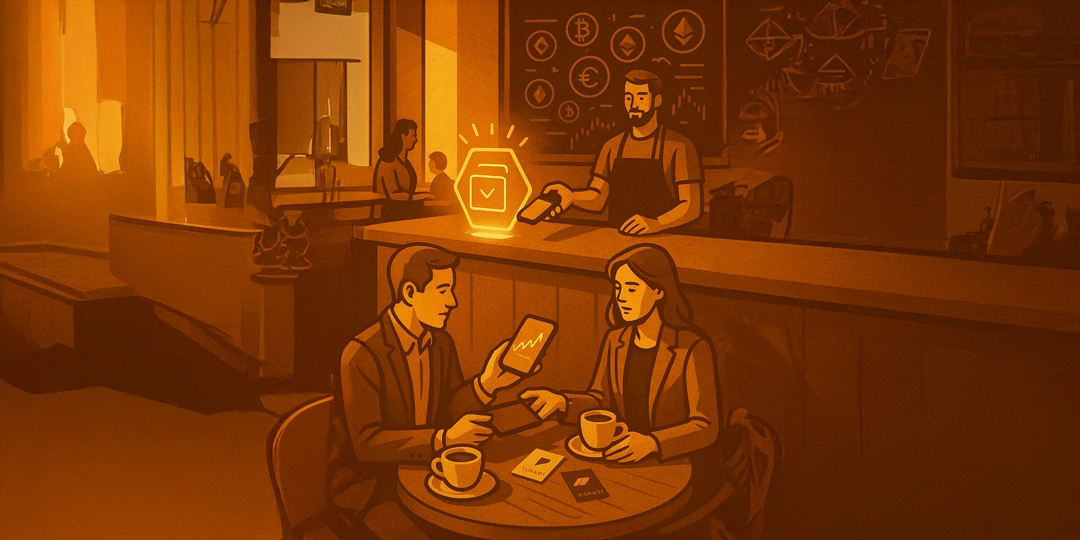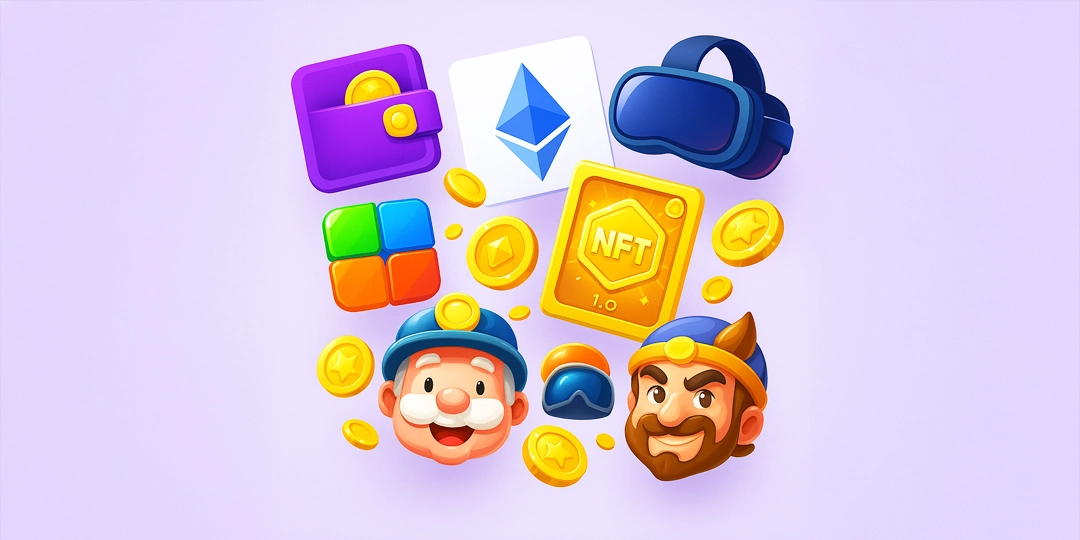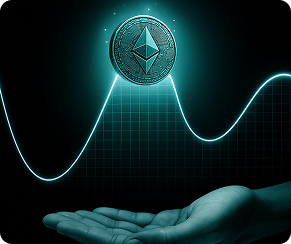We have all faced a dilemma at some point in our lives, haven’t we? Whether to save money or enjoy it, eat junk food or eat healthy. However, not often do we come across a trilemma. Blockchain trilemma is a term that was first introduced by the co-founder of Ethereum, Vitalik Buterin. “Tri” in the word “Trilemma” relates to the three main aspects of blockchain technology: decentralization, security, and scalability. It becomes a trilemma when all these aspects of blockchain technology can’t be improved together. These aspects of blockchain are intertwined such that enhancing one aspect would mean compromising on the other.
What is Decentralization?
Decentralization is the primary ethos on which blockchain technology is built. This characteristic of blockchain dethrones a central authority and evenly distributes the power among the participants. For instance, by removing banks and financial institutions, decentralized finance (DeFi) platforms, rather than intermediaries, are able to distribute profits and governance to users and the wider community. Moreover, no single entity can censor the data that’s been used for a transaction. When it comes to validating a transaction on the Proof-of-Work (PoW)consensus mechanism, more miners would mean that more security, however, the transaction speed could drop significantly.
What is Security?
As mentioned above, to increase the throughput rate, there is a general tendency to reduce the distribution of blockchain nodes either geographically, in number, or both. However, when consensus is achieved in an open network in a restricted nodal distribution, this could pivot to centralization and reduce the security of PoW. Back in August 2020, the Ethereum Classic blockchain suffered three 51% attacks, and the bad actors rearranged 4,000 blocks and double-spent ETC tokens.
What is Scalability?
Scalability refers to the blockchain’s ability to cope with a massive number of transactions or a high throughput rate. A chain with high scalability won’t suffer even when use cases and adoption increase. However, improving the scalability aspect of blockchain is not an option as it will compromise the security, decentralization, or both. So, how do they solve this issue?
Addressing the trilemma
Consensus mechanism upgrade
Layer 1 blockchains like Bitcoin, Litecoin, and Ethereum have a different approach from that of layer 2. Layer 1, which is also known as the mainnet, has the fundamental protocols of blockchain, and it executes all on-chain transactions acting as the public ledger’s source. However, proof of work can be slow. In fact Bitcoin has a rate of 7 transaction per second (tps). Since the PoW lags, Ethereum chain that functioned on PoW transitioned to Proof of Stake (PoS) during the upgrade called the Merge. Rather than depending on miners to solve the cryptographic puzzle, PoS selects validator based on the amount they have staked on the chain.
Sharding
Sharding is a process where the transaction data is broken into smaller chunks called “shards”. Once broken into smaller pieces, these shards are processed parallelly. This helps to work on numerous transactions simultaneously, which increases the network speed. Moreover, this process helps as nodes do not need to hold a copy of each block from the genesis block. For instance, let’s say the students in a classroom are searching for an answer to a question from a particular subject. Rather than the whole classroom going through the whole book, it would be sensible for each student to browse on different chapters, isn’t it? That’s how sharding works.
Layer 2 networks are the ones that operate on top of layer 1, and the second layer is added to increase the scalability and efficiency of the chain. An example of a layer 2 is the Lightning Network, which is built on top of the Bitcoin chain.
Nested blockchains
A nested blockchain is a type of architecture where a child chain is layered beneath the parent chain. The parent chain delegates the task to the child chain, and once processed, the child chain returns the processed data to the parent chain. The parent chain does not take part in network functions unless a dispute resolution is needed.
Sidechains
A side chain is something that works parallel to the main chain, and it has its own consensus mechanism. These chains are used for processing large transactions, and it is connected to the main chain through a two-way bridge. However, the best thing about sidechains is that even when there is a security breach, the main chain is not affected besides the other sidechains.



